Your morning shower is meant to refresh, cleanse, and reset—but without realizing it, you could be coating yourself (and the planet) in tiny plastic particles every time you lather up.
They’re invisible. They’re everywhere. And they’re in far more products than you’d think.
Welcome to the world of microplastics—and the surprisingly simple steps you can take to remove them from your routine.
What Are Microplastics—and Why Should You Care?
Microplastics are plastic particles less than 5mm in size. They come from:
- Broken-down plastic waste
- Synthetic fabrics
- Personal care products (yes, even “clean-looking” ones)
These particles do not biodegrade, and once they enter our waterways, they:
- Pollute oceans and drinking water
- Accumulate in fish and wildlife
- End up in the food chain—including our bodies
In fact, studies suggest the average person may consume a credit card’s worth of microplastic each week. They’ve even been found in human blood and placental tissue.
And yet… they’re still in many common shower products.
How Microplastics Enter Your Shower Routine
Most people associate microplastics with pollution from packaging. But they’re often hiding in the product itself.
Let’s look at a few key culprits:
1. Microbeads in Exfoliating Scrubs
Those tiny exfoliating beads in face and body scrubs?
Often made from polyethylene or polypropylene—literally plastic.
While some countries have banned microbeads in rinse-off products, many others haven’t. And loopholes still allow plastic beads in:
- Facial cleansers
- Body scrubs
- Foot exfoliants
- Even toothpaste
Check the label: If you see “polyethylene,” it’s plastic.
2. Synthetic Loofahs and Shower Puffs
That colorful shower puff hanging in your bathroom?
It’s often made from nylon or polyester, both of which shed microplastic fibers over time.
Every squeeze, rub, and rinse sends those fibers straight into your drain.
3. Liquid Soaps and Shampoos With Plastic-Based Ingredients
Many mainstream body washes and shampoos use synthetic polymers to:
- Create a thick, creamy texture
- Stabilize foam
- Extend shelf life
Hidden plastic ingredients include:
- Acrylates copolymer
- Polyquaternium-7
- Carbomer
- PVP (polyvinylpyrrolidone)
These may sound like harmless stabilizers—but they’re plastic-based and don’t break down in water systems.
4. Packaging Particles
Even if the formula inside is clean, your plastic bottle may be leaching microplastics into the product—especially in warm, humid shower conditions.
Tiny plastic particles from packaging can shed over time, especially if bottles are stored for months or exposed to repeated friction.
Microplastic-Free Shower Swaps
Good news: You don’t need to give up your routine to clean it up. Here are easy, effective alternatives:
For Exfoliation
- Try natural scrubs made from salt, sugar, coffee grounds, or ground oats
- DIY at home or find brands that clearly list simple ingredients
For Tools
- Replace plastic puffs with:
- Natural loofahs (made from gourd plants)
- Sisal brushes
- Washcloths or hemp fiber mitts
- Let them air dry between uses to extend their life
For Soap and Shampoo
- Choose bar soaps and shampoo bars with short ingredient lists
- Look for labels that say:
- “Plastic-free”
- “Biodegradable ingredients”
- “No synthetic polymers”
Brands that score high in this area include Ethique, HiBAR, Plaine Products, and Meow Meow Tweet.
For Packaging
- Buy from brands that use:
- Glass jars or aluminum bottles
- Compostable paper wraps
- Refillable bulk systems
Many zero-waste stores now offer refill stations for body care products.
How to Read Labels for Hidden Plastics
Here are the top plastic-based ingredients to watch for:
- Polyethylene (PE)
- Polypropylene (PP)
- Nylon-12
- Acrylates Copolymer
- Carbomer
- Polyquaternium-7
- PVP
- Anything with “poly-” as a prefix
When in doubt, research the ingredient—or opt for smaller brands with full ingredient transparency.
Why Microplastics Are a Bigger Issue Than You Think
Still unsure how serious this is?
Here’s what we know:
- Microplastics have been found in rainwater, Arctic snow, and remote mountain air
- They disrupt wildlife reproduction and digestion
- They enter human bodies through food, water, and even inhalation
- Long-term health effects are still being studied—but the early research is concerning
This isn’t just an environmental issue—it’s a public health one.
Clean Skin Shouldn’t Come at a Dirty Cost
You don’t have to give up showers or your favorite products to fight microplastic pollution.
You just need to be more selective about what’s in them.
The next time you lather up, exfoliate, or rinse off, think about:
- What’s on your skin
- Where it goes when it’s washed down the drain
- And how small, intentional swaps can make a massive impact
Because true cleanliness isn’t just what we do for ourselves—it’s how we treat the world around us.
💬 What Microplastic-Free Products Have You Tried?
Have a favorite zero-waste brand or tool? Share it below!
Let’s build a better shower routine together—clean skin, clear conscience.

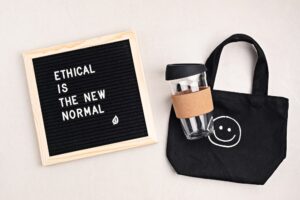
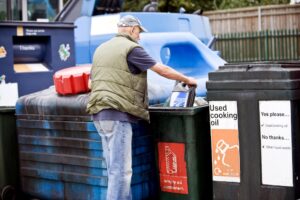
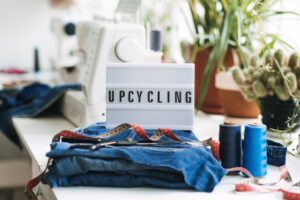
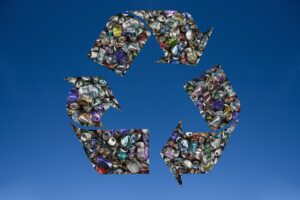


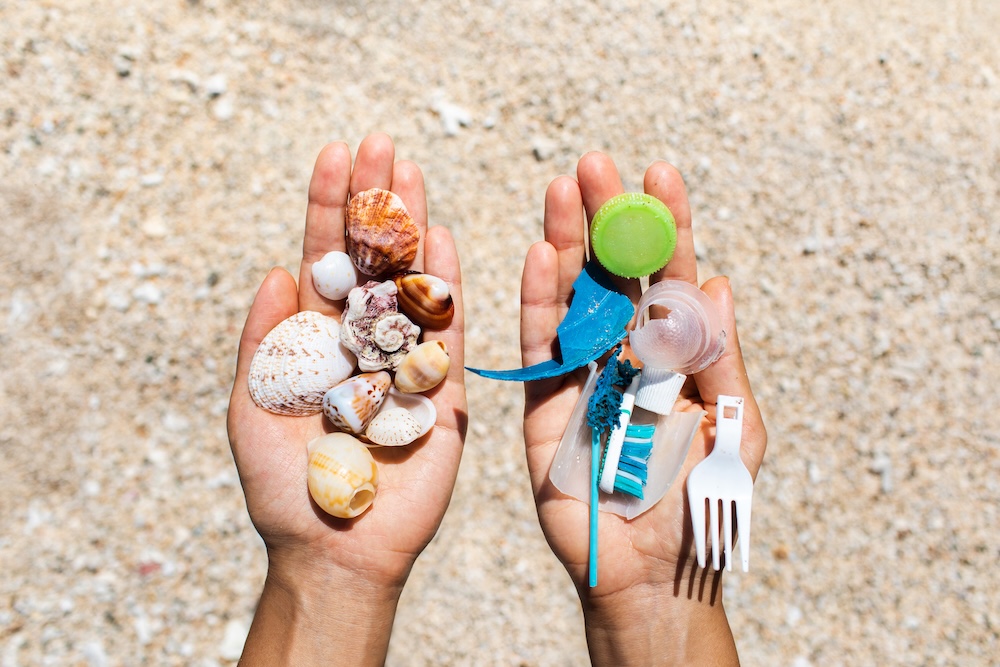

Reader Interactions